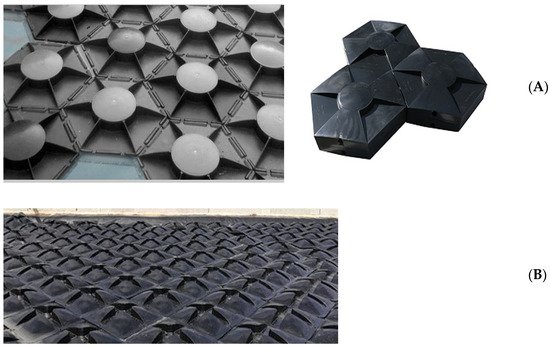Shade objects are small plastic spheres, squares or even hexagons floating on top of a water reserve for environmental reasons. The creator of shade balls in California originally used them to prevent chemical treatments in the reservoir from reacting with sunlight creating bromate, which is a carcinogen regulated by many institutions worldwide (chlorine plus sunlight turns bromine into bromate that is a potentially cancer-causing agent; because shady objects stop bromate from forming below, less chlorine is required to treat the water than without them). More recently, other environmental issues have been associated to the use of shade objects: slowing down water evaporation, preventing algae blooms, avoiding birds landing on bodies of water and promote water heating.
- shade cover
- shade balls
- water evaporation
1. Shade Balls

2. Shade Squares and Hexagons

